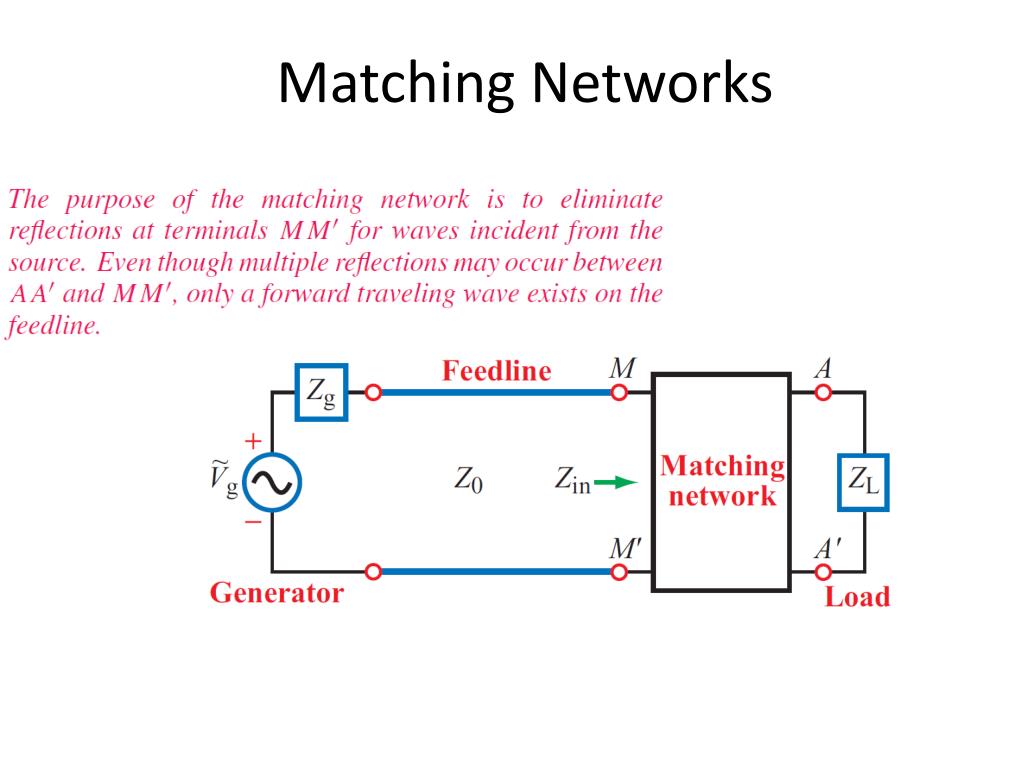


The input impedance of a lossless open circuit stub is given by The length of a stub to act as an inductor L at the same frequency is given by: The Length of a stub to act as a capacitor C at an angular frequency of ω is then given by: Thus, depending on whether tan(βl) is positive or negative, the stub will be inductive or capacitive, respectively. Where j is the imaginary unit, Z0 is the characteristic impedance of the line, β is the phase constant of the line, and l is the physical length of the line. The input impedance of a lossless short circuited line is, Smith charts can also be used to determine what length line to use to obtain a desired reactance. Stubs are commonly used in antenna impedance matching circuits and frequency selective filters. Stubs may thus be considered to be frequency-dependent capacitors and frequency-dependent inductors.īecause stubs take on reactive properties as a function of their electrical length, stubs are most common in UHF or microwave circuits where the line lengths are more manageable. Neglecting transmission line losses, the input impedance of the stub is purely reactive either capacitive or inductive, depending on the electrical length of the stub, and on whether it is open or short circuit.
#Double stub matching using smith chart ppt free
The free end of the stub is either left open-circuit or (especially in the case of waveguides) short-circuited. In microwave and radio-frequency engineering, a stub is a length of transmission line or waveguide that is connected at one end only. IMPEDANCE MATCHING BY STUBS, SINGLE STUB AND DOUBLE STUB MATCHING.


 0 kommentar(er)
0 kommentar(er)
